

 Knowledge Base +
Knowledge Base +  2024.01.26
2024.01.26Optical transceiver module (optical transceiver), referred to as optical module, is an important device in optical communication system. There are many types of optical modules, and there are several standard ways to categorize them, such as according to different package forms, different application areas, transmission rates of optical modules, according to the transmission or reception wavelengths, and so on. The most important classification is the package.
Table of Contents
GBIC
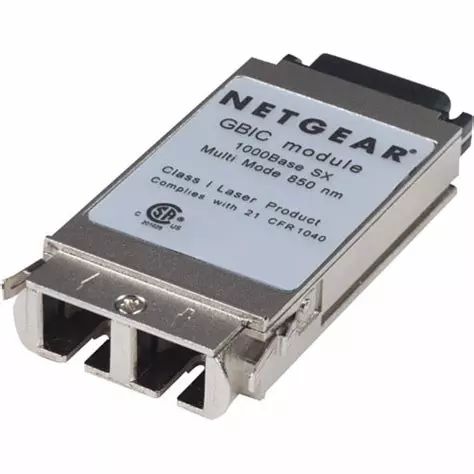
The full English name of GBIC module is Gigabit Interface Converter, which was quite popular in the 1990s. It is designed for hot-swappable use and utilizes an SC interface. It is an interchangeable product that meets international standards. Gigabit switches designed with the GBIC interface had a large market share in the market due to its flexible interchangeability. It can be said that GBIC is the first package interface standardization of optical transceiver modules, with milestones and epoch-making status.
SFP
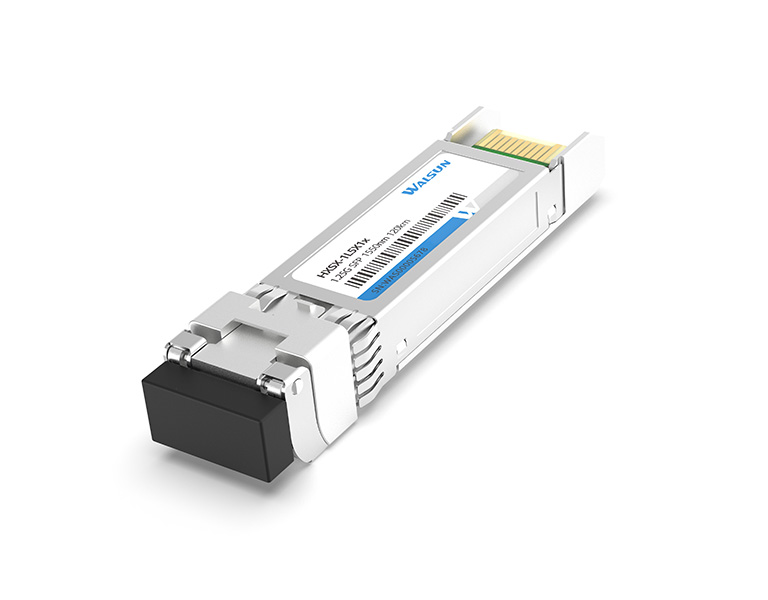
SFP is the abbreviation of Small Form Factor Pluggable, which can be simply understood as the upgraded version of GBIC. The volume is twice as small as GBIC, and can be configured with more than double the number of ports on the same panel. SFP module is also known as miniaturized GBIC (MINI-GBIC), and mostly adopts the LC interface. other functions of SFP module are basically the same as GBIC, which is generally used in SONET/SDH network, 100Gigabit/ Gigabit Ethernet, and other high-speed transmission applications.
SFF
SFF is the abbreviation of Small Form Factor, SFF optical module is
one of the earliest optical module products, the main service rate of 2.5Gbps
and below, its electrical interface has two specifications: 10pin and 20pin, the
two versions of the main data signal interfaces are the same.The size of the SFF
is smaller than the SFP, and it is soldered to the motherboard in the form of
pins.
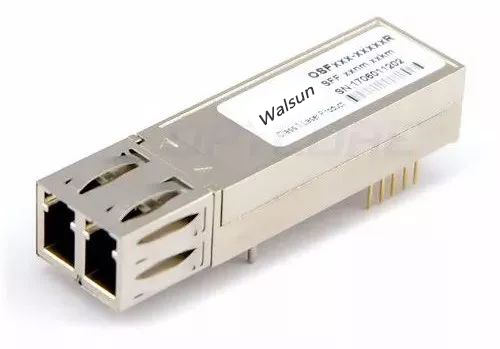
SFP+
The 10G SFP+ optical module is an upgraded version of the SFP optical module. Both have the same physical package, however, the SFP+ optical module is capable of supporting 10Gbps transmission rates. Compared with other 10G optical modules (such as Xenpak and XFP optical modules), SFP+ retains only the basic electro-optical and optoelectronic conversion functions and reduces the signaling control functions in the original XFP design, thus simplifying the design of 10G optical modules, with lower power consumption and minimal size, which is best suited for high-density port applications, making it the most popular 10G optical module.
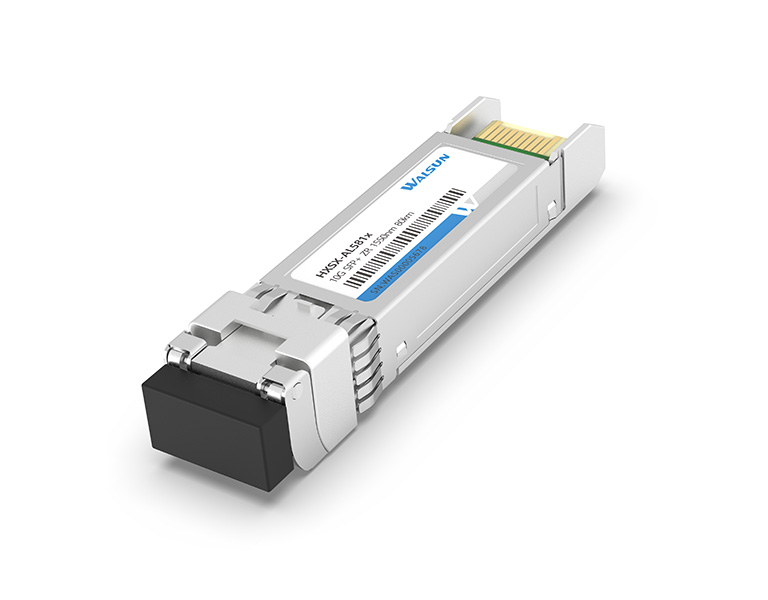
CSFP
CSFP (Compact-SFP) in the SFP industrial package based on the use of dual-channel, or even four-channel design, CSFP does not change the existing interface form, but will reduce the form factor to the existing standard 1/2 or 1/4, through the combination of flexible configuration of the number of channels. CSFP optical modules developed using highly integrated optoelectronic circuits and packaging technology inherits all the technical advantages of SFP, significantly reducing the form factor of optical modules and communication system equipment, exponentially increasing the port density and information throughput while also reducing system costs.
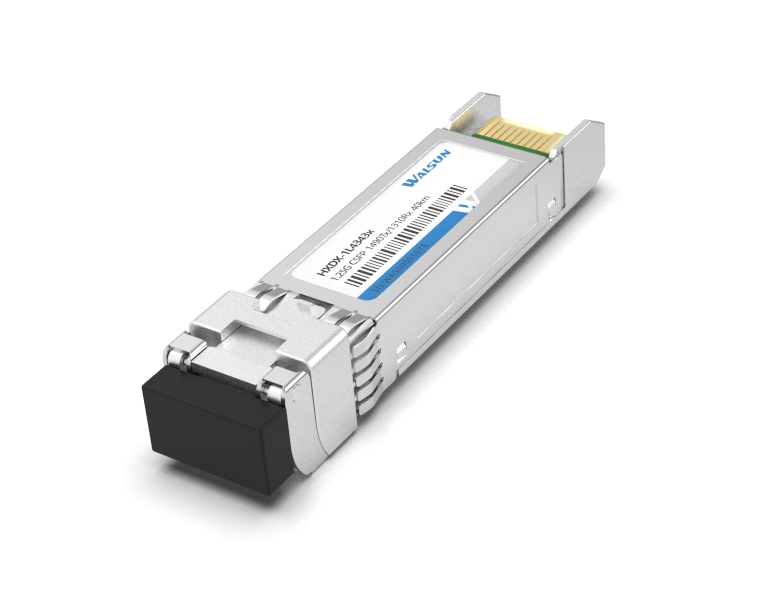
SFP28
_1706235085.jpg)
100G QSFP28 to 4x25G SFP28 Cable
SFP28 is suitable for a single 25GE access port.The SFP28 module, based on the SFP+ package form factor, supports the 25G Ethernet standard.The SFP28 delivers 25Gb/s error-free transmission up to 100 meters over Super Category IV multimode fiber and can be used in high-density 25G Ethernet switches and network interfaces to facilitate server connectivity in data centers. It is available in today's popular SFP+ package, providing a more cost-effective solution for enterprises to upgrade their 10G Ethernet connectivity.
QSFP / QSFP+
QSFP, full name is Quad Small Form-factor Pluggable, Quad Small Form-factor Pluggable Optical Module with four independent full-duplex transceiver channels. It was originally designed to replace a single-channel SFP with a high-density optical module, the QSFP is only 30% larger than a standard SFP module.The QSFP was created to meet the market's need for a higher density, high-speed pluggable solution. This 4-channel pluggable interface achieves transmission rates of 4x10Gbps. many of the key technologies matured in XFP have been applied to this design.
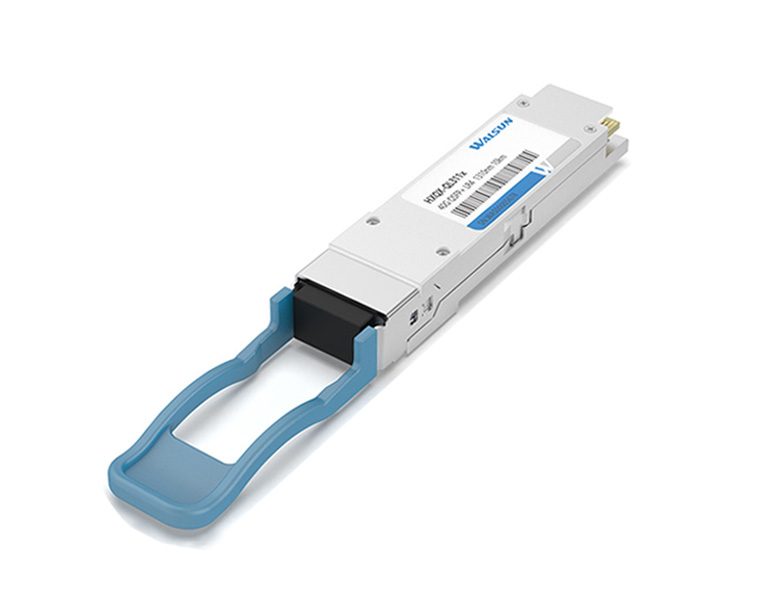
QSFP28
100G QSFP28 optical modules are packaged in the same way as 40G QSFP+ optical modules and use four fiber channels to transmit data. The difference is that the transmission rate of each fiber channel of the 100G QSFP28 optical module can reach up to 28Gbps, which is mainly used for 100G transmission applications. Compared with 100G CFP optical modules, 100G QSFP28 optical modules are more adaptable to high-density cabling, and are widely favored by most data centers.100G QSFP28 optical modules first appeared in 2013, and through the development of recent years have been derived from a number of categories suitable for different transmission applications.
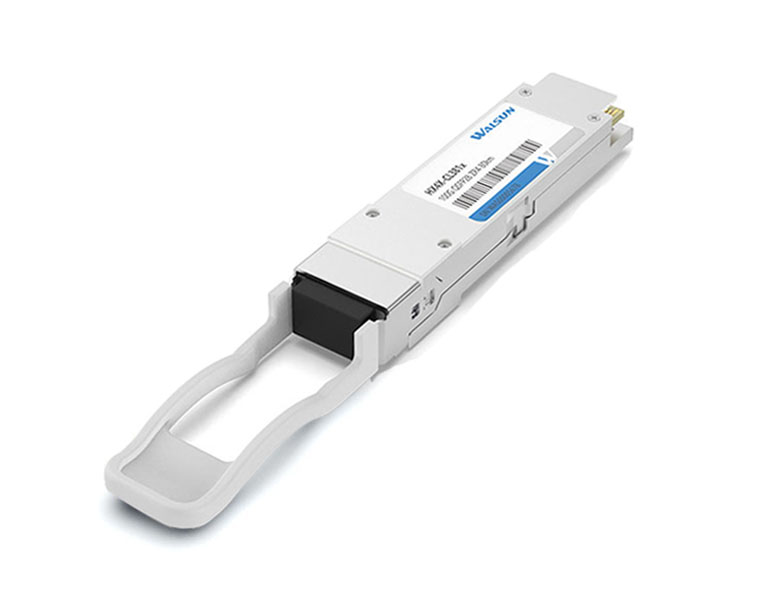
microQSFP
microQSFP (miniaturized QSFP), a multi-protocol established only in 2015, is the same as QSFP, 4-channel, but the size is only the size of the SFP module, supporting 25G and 50G (PAM4 modulation) channel rates. Superior thermal performance through the design of heat sink fins on the module housing.
300 Pin
The 300 Pin module is a first generation 10G module, mainly used for SDH, but can also be used for 10G Ethernet by changing the electrical interface to a 10G Ethernet 16-bit interface (XSBI). Because the number of signals in the electrical interface increased, the number of pins in the electrical connector (PIN) increased accordingly, and a 300-pin connector was used, which is the origin of its name. 300 Pin and the later generation of XENPAK/XPAK/X2 have a serial-to-parallel converter chip integrated in them, which is called Transponder.
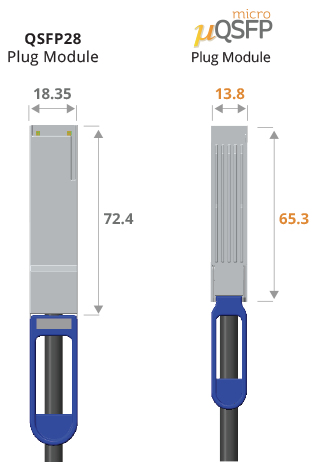
XENPAK
Xenpak (10 Gigabit Ethernet Transceiver Package) is the first generation
of optical module for 10G Ethernet, which adopts the 10G add-on unit interface
(XAU) of IEEE 802.3ae standard as the data path; Xenpak's transmission distance
on G.652 single-mode optical fiber can reach 10 km. Xenpak is suitable for
metro-wide applications, Xenpak optical modules are larger in size and consume
more power.
_1706235279.jpg)
XPAK / X2
_1706235327.jpg)
XPAK module (left) and X2 module (right)
Xpak and X2 optical modules are evolved from the Xenpak standard, their internal function modules are basically the same as Xenpak, and their applications on the circuit board are also the same, both of them use one module to realize the function of 10G Ethernet optical interface. Due to the Xenpak optical module installation needs to cut slots in the circuit board, the realization is more complex, can not achieve high-density applications. On the other hand, Xpak and X2 optical modules are only about half the size of Xenpak after improvement, and can be placed directly on the circuit board. It can be said that Xpak and X2 are very similar standards, X2 compared to Xpak changes are mainly reflected in the guide rail system.
XFP
Finisar joined forces with about 10 companies to form the XFP MSA in March 2002 to develop the XFP module specification, the full name of which is 10 Gigabit Small Form Factor Pluggable, which is the most compact and low-cost 10G optical module compared to the previous ones. Due to the maturity of circuit pre-emphasis and equalization technology, XFP module is no longer placed in the series-parallel conversion chip, no longer belongs to the Transponder, at the same time, the size of the optical device is also much smaller, IC integration is also higher, miniaturization has become possible.
_1706235371.jpg)
CFP Series
_1706235387.jpg)
CFP8
In addition to SFP and QSFP packages, CFP should be the most common package form in the optical module.CFP in the C in Roman numerals stands for 100, so CFP is mainly aimed at 100G (also includes 40G) and above the rate of the application.CFP family mainly includes CFP/CFP2/CFP4/CFP8, which is still in the development stage of the CFP8. Unlike the QSFP where the additional numbers 10 and 28 after the QSFP represent the rate class, the numbers after the CFP represent a newer generation with a more compact size (except for the CFP8) and a higher density rate.
_1706235400.jpg)
The CFP per circuit electrical interface rate is defined as 10Gb/s class, and 40G and 100G module rates are realized through 4x10Gb/s and 10x10Gb/s electrical interfaces.
CFP2 is only half the size of CFP, the electrical interface can support a single 10Gb/s, can also support a single 25Gb/s or even 50Gb/s, through the 10x10G, 4x25G, 8x25G, 8x50G electrical interface to achieve 100G/200G/400G module rate.
The CFP4 is further reduced to half the size of the CFP2, with electrical interfaces supporting single 10Gb/s and 25Gb/s, and 40G/100G module rates via 4x10Gb/s and 4x25Gb/s.
CFP8 is a package form factor specifically proposed for 400G and is comparable in size to CFP2. The electrical interfaces support channel rates of 25Gb/s and 50Gb/s, and 400G module rates are realized through 16x25G or 8x50 electrical interfaces.
CXP
CXP optical modules offer transmission rates up to 12 x 10 Gbps and
support hot-swapping.CXP optical modules are targeted at the high-speed computer
market and complement CFP optical modules in Ethernet data centers.CXP optical
modules are larger in size than XFP optical modules or CFP optical modules, and
therefore offer a higher density of network interfaces. It can support 12 10G
link transmissions for 100 GbE, 3 10G link transmissions for 40 GbE channels or
12 QDR link transmissions for 12 10G Fiber Channel over Ethernet or wireless
broadband signals.
_1706235428.jpg)
CPAK
The 100G CPAK optical module was independently developed by Cisco in 2013. The electrical interfaces of this optical module are set up with a total of 82 PINs (40 in the upper row and 42 in the lower row) with SC or MPO interfaces, and it is the first optical module based on complementary metal-oxide semiconductor photonics technology, which has a farther transmission distance than the CXP (transmission distance of 100m) optical module, smaller size and power consumption than the CFP optical module, and it complies with a variety of IEEE interface standards, which makes it suitable for data centers, enterprise network and other applications of high-density fiber optic connection.
_1706235455.jpg)
OSFP
OSFP is an 8-channel connector, slightly larger than QSFP-DD, but
relatively hotter, higher wattage optical engines and transceivers with slightly
better thermal performance. the OSFP form factor does not offer backwards
compatibility to existing specifications, but is designed to provide maximum
thermal and electrical performance. the "O" stands for Optical Fiber Module and
"O" stands for Optical Fiber Module. The "O" stands for "octal" and it is
designed to use 8 electrical channels for 400GbE. OSFP is intended for upcoming
devices that operate on 50Gbps electrical signals for which standards are still
being developed.
_1706235469.jpg)
QSFP-DD
The QSFP-DD MSA was formed in March 2016 and includes 52 industry companies as members. The MSA focuses on the development of optical modules with higher speeds than the existing QSFP28 modules and is backward compatible with QSFP.QSFP-DD utilizes eight electrical interfaces, each in either 25Gbps NRZ or 50Gbps PAM4 signaling format, and can support rates up to 400Gbps. In addition, 36 QSFP-DD optical modules can be inserted into a switch slot, providing a total capacity of 14.4 Tbps.

Subscribe to the newsletter
for all the latest updates.
2-5# Building, Tongfuyu Industrial Zone, Aiqun Road, Shiyan Street, Baoan District, Shenzhen. China
